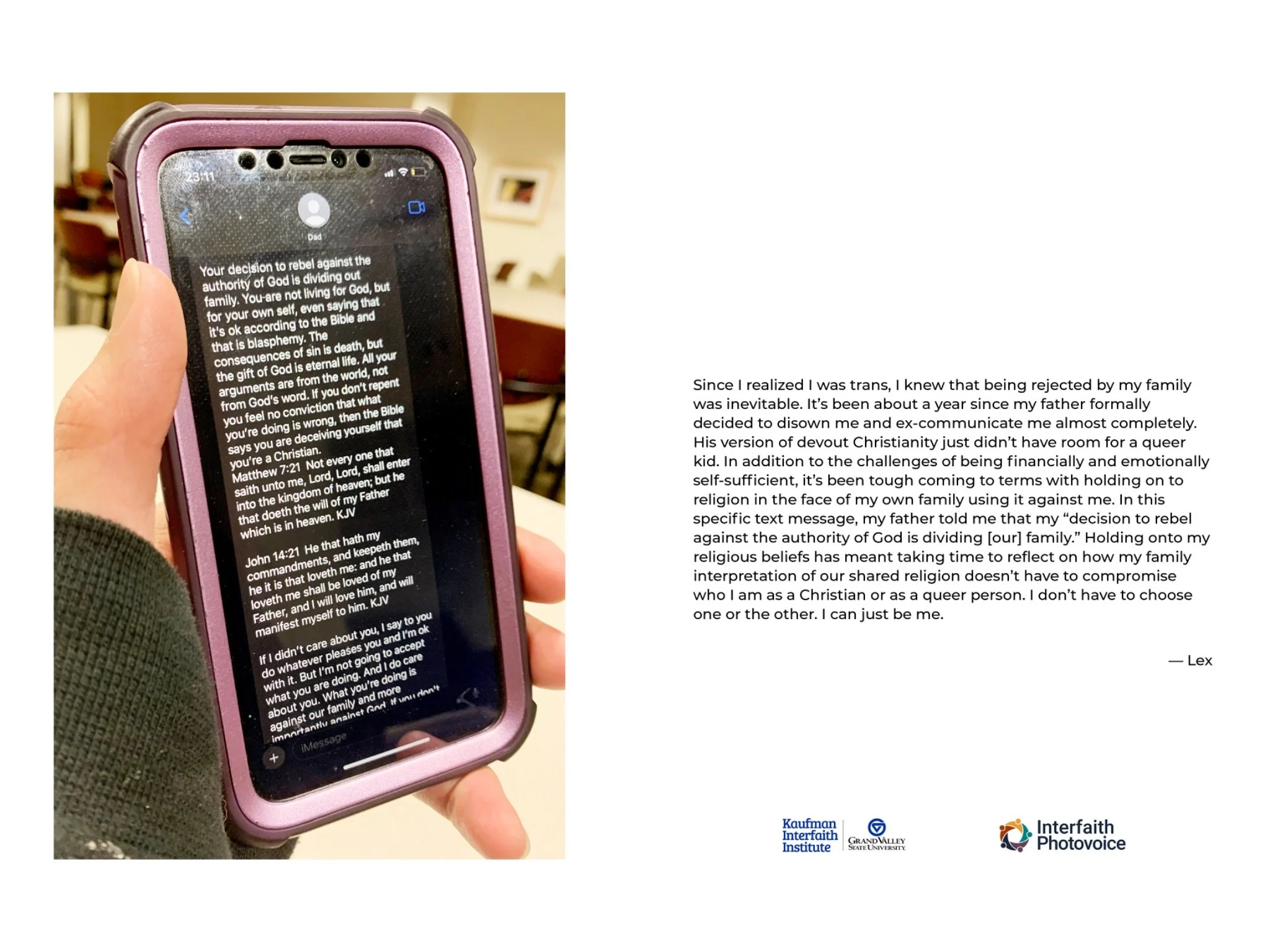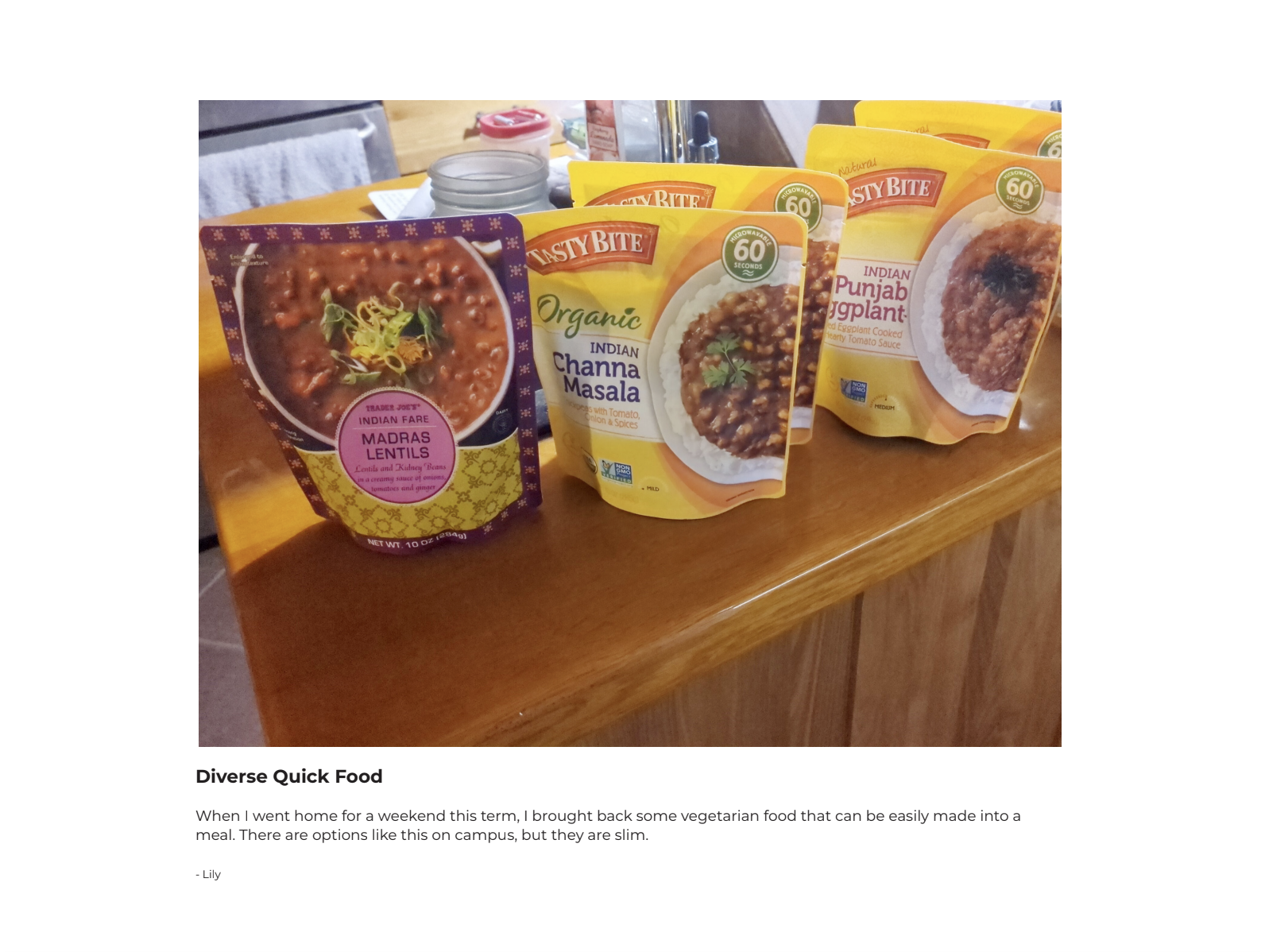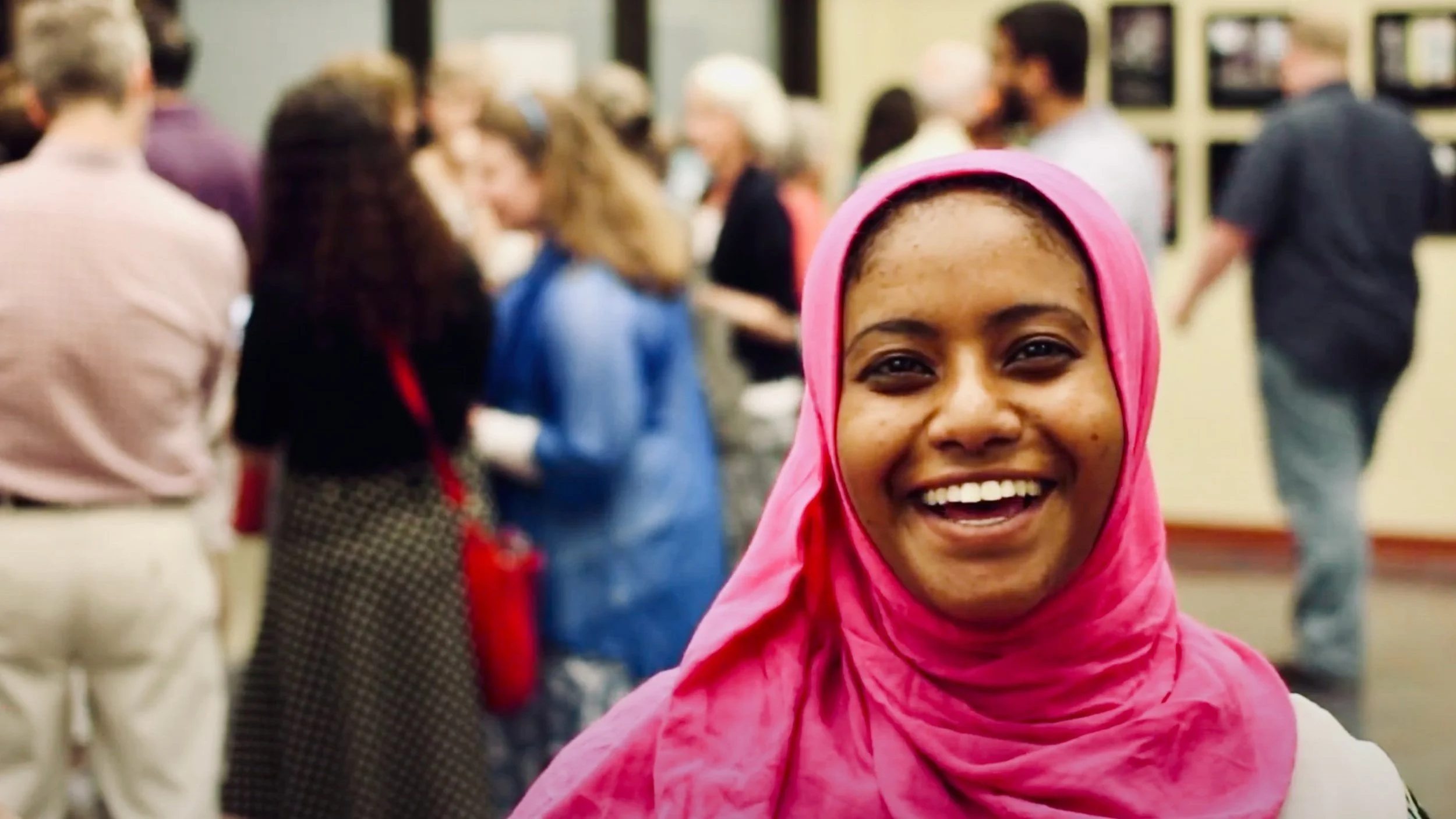Campus Projects: Who Might You Invite To Your Exhibit Reception
You’ve been through a photovoice training, so you know that one of the priorities of a photovoice project is to discover the shared needs and concerns of your campus community. The exhibit is your opportunity to present participants' experiences, insights, and hopes to the community stakeholders, policymakers, and leaders (those with the power to make change).
So before we talk about who you should invite, it may be important to think of the why of inviting people to a reception in the first place and what stories your exhibit plans on telling.
Themes will naturally emerge from your project, even if your prompts were intentionally broad. When people talk about the things that matter most to them, patterns and values will show up. Identify these by thinking through the questions of importance (referenced in the Facilitator’s Guide).
These themes may help you figure out and identify the obvious invitees. Look at the following two examples, both drawn from recent campus projects, and determine at least two stakeholders you’d invite to the opening of the exhibit:
Scenario One
At a recent project at Grand Valley State University in Allendale, Michigan, Lex, a young woman studying English at GVSU, shared a few photos and stories related to her experience being a trans woman and a Christian. One of those photos, a text message from her father (along with her reflection), is featured below.
This is just one of Lex’s three photos at the exhibit related to the larger theme of belonging and inclusion. Other students also share photos related to belonging — both in abundance and in scarcity, on campus and off — and it ends up being one of the photovoice exhibit’s most important themes.
Based on this photo and what else you know about the project, who would you like to invite to the opening of the exhibit?
2. Scenario Two
This next example is a glimpse into a project on Dartmouth College’s campus. The project was with a group of emerging interfaith leaders and the students took full initiative during the curation process. The facilitators, by design, weren’t even in the room for most of the process. They organized the presentation of the exhibit by feeling more than by theme. They kept the most vulnerable and critical photos in the middle, and kept happier, more hopeful, or sillier photos near the end. Even though food wasn’t a theme they organized the exhibit around, it was certainly on the minds of the participants.
Here is one of the four photos that related to food on campus.
Relatedly, at least one of the students who comes from a religious tradition that has dietary restrictions mentioned they were appreciative of the campus dining hall for having food that they can eat. But because the food is marked differently and is put in a different part of the cafeteria than the other food, they “were reminded that they aren’t at home anymore” every time they step into the cafeteria.
Based on this photo and what else you know about the project, who would you like to invite to the opening of the exhibit?
Who Would You Invite To Your Exhibit?
Administration and Admin-Adjacent
President and their cabinet
Vice presidents and deans
DEI Officers and anyone involved in DEI policy on campus
Development officers and donors
Board members
Campus Leaders
Campus ministry (if applicable)
Campus safety
International student affairs
Wellness center
Mental health professionals
Social workers on campus
Disability services
Relevant centers of study and activism: interreligious centers, etc…
Union groups
Student Leaders
Leaders and members of relevant student organizations: Muslim Student Association, Hillel, LGBTQ+ groups, Latin American Student Association, environmental student orgs, etc…
Student government / student senate
Student newspaper
Students from religious communities
Photography clubs / majors
Students from topically affected populations (depends on the themes that might emerge)
Leaders / captains on sport teams
Activists and activist groups
Other
Important or relevant alumni
Heads and representatives from relevant departments (e.g., religion, social work, international affairs, etc…)
Dining services
Printing services
Financial services
Admissions
Librarians
Local business leaders (especially at places frequented by students)
Local religious leaders
Local city and state government officials
Medical professionals
Building services
Center for Student Success or other tutoring related academic services



